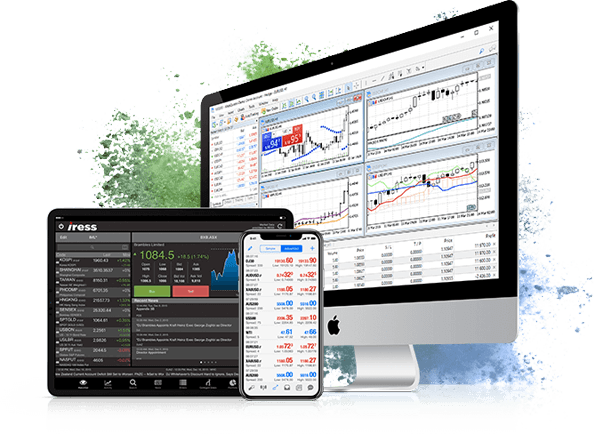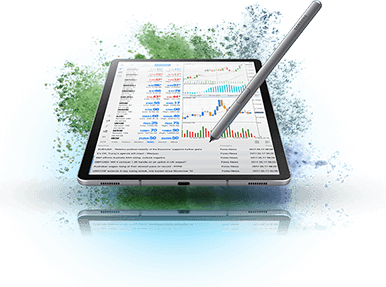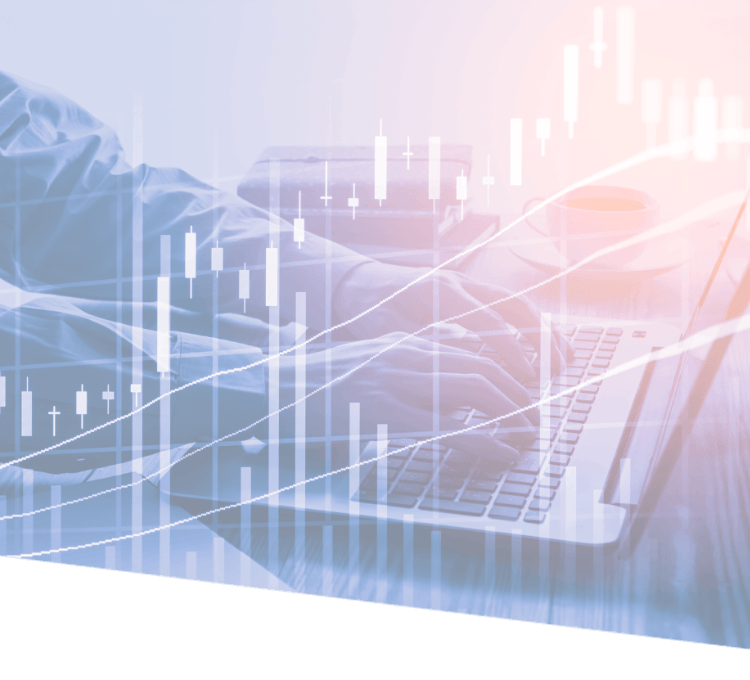Like all other investments,
precious metals carry a certain degree of risk. While they offer a hedge against economic collapse and
political upheavals, a trader always faces the risk of making a wrong decision. With some knowledge of
trading in precious metals and being disciplined about using risk management tools, traders can reduce
the risks they face.
Like all other investments,
precious metals carry a certain degree of risk. While they offer a hedge against economic collapse and
political upheavals, a trader always faces the risk of making a wrong decision. With some knowledge of
trading in precious metals and being disciplined about using risk management tools, traders can reduce
the risks they face.
Precious metals are among the
preferred choice of experienced traders for portfolio diversification. This is especially true for
precious metals like gold and silver.







 Πρόσβαση σε 10.000+ χρηματοοικονομικά μέσα
Πρόσβαση σε 10.000+ χρηματοοικονομικά μέσα